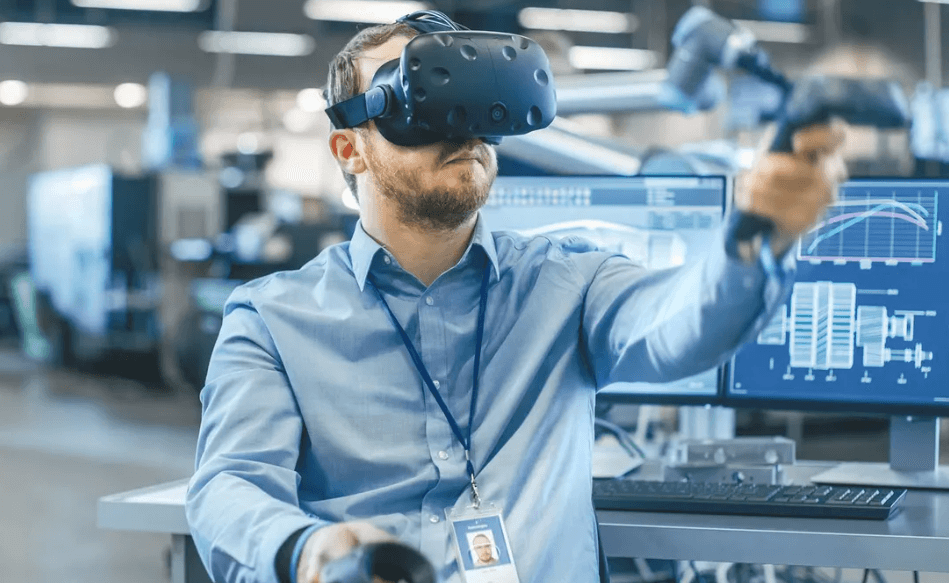How Virtual Reality Is Helping Train the Workforce of the Future
Virtual Reality is transforming workforce training by providing immersive learning experiences that traditional methods cannot match. This technology allows employees to practice real-world scenarios safely, enhancing skill retention and preparing them for future challenges. Organizations that adopt VR training are witnessing marked improvements in performance. As this trend gains traction, the implications for both employee development and organizational effectiveness become increasingly significant, prompting a closer look at its evolving role in training strategies.
The Rise of Virtual Reality in Workforce Training
As organizations increasingly seek innovative solutions to enhance employee skillsets, the integration of virtual reality (VR) into workforce training has emerged as a transformative approach.
Virtual simulations allow employees to engage in realistic scenarios, facilitating hands-on learning without real-world consequences. This immersive technology fosters skill development, empowering workers to acquire competencies essential for their roles, ultimately leading to a more adept and responsive workforce.
See also: How Technology Is Changing the Real Estate Industry
Benefits of Immersive Learning Experiences
While traditional training methods often struggle to maintain engagement, immersive learning experiences through virtual reality offer several distinct advantages that enhance employee development.
These experiences foster immersive engagement, allowing learners to interact with their environment actively.
Consequently, this leads to improved skill retention, as employees are more likely to remember and apply what they have learned in realistic, hands-on scenarios.
Case Studies: Successful Implementation of VR Training
The successful implementation of virtual reality (VR) training programs across various industries illustrates the transformative potential of immersive learning.
Case studies from sectors such as healthcare and manufacturing reveal significant improvements in skill retention and safety practices.
The Future of Training: Trends and Predictions
Emerging technologies and evolving workplace dynamics are reshaping the landscape of training, indicating a future where virtual reality (VR) plays a central role.
Trends point towards blended learning models that integrate VR with traditional methods, enhancing engagement.
Furthermore, microlearning strategies will emerge, allowing for bite-sized, accessible content that complements immersive experiences, fostering a more adaptable and skilled workforce ready for the challenges ahead.
Conclusion
As organizations navigate the evolving landscape of workforce training, virtual reality emerges as a beacon of innovation, illuminating pathways to enhanced skill acquisition and retention. By immersing employees in lifelike scenarios, VR not only bridges the gap between theory and practice but also cultivates a resilient workforce poised for future challenges. As this technology continues to advance, it promises to reshape training paradigms, fostering an environment where learning is as dynamic as the industries it serves.





